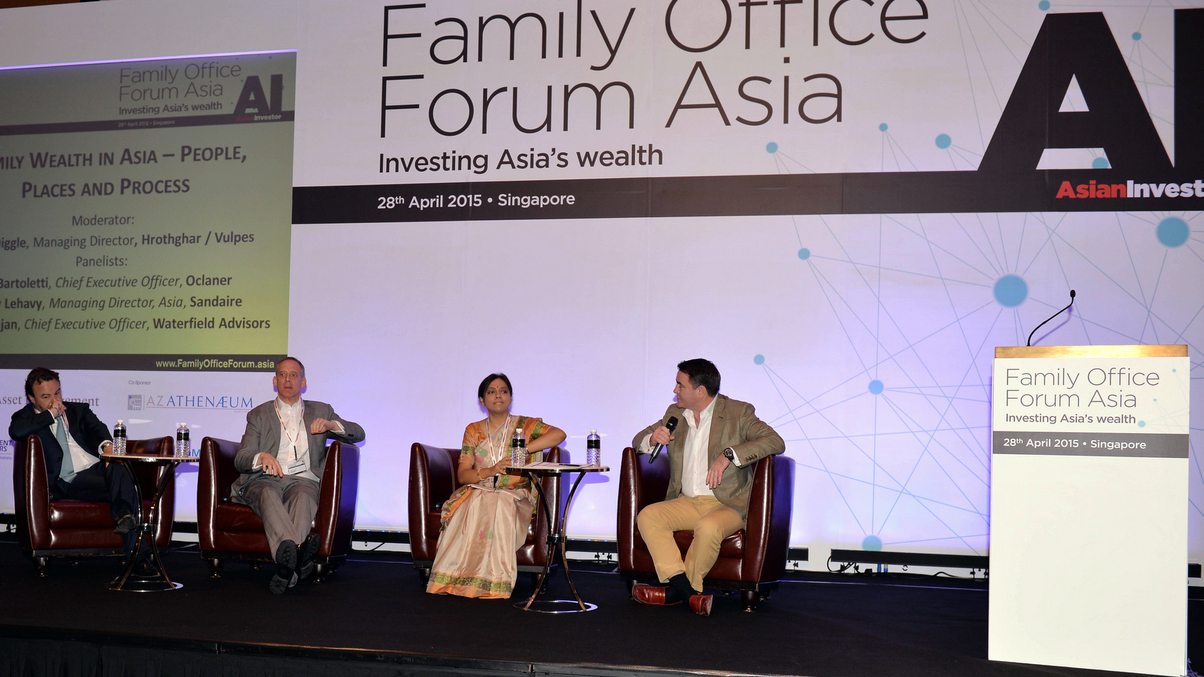Cultural awareness seen as key for Asian family offices
The increasing popularity of family offices in Asia means that managers will need to adapt to their needs and be aware of their desire for a hands-on approach, speakers tell AsianInvestor's Family Office Forum.

While wealthy Asian families are increasingly looking to set up family offices, managers need to be aware of their cultural sensitivities and risk appetite, a forum heard.
Sign in to read on!
Registered users get 2 free articles in 30 days.
Subscribers have full unlimited access to AsianInvestor
Not signed up? New users get 2 free articles per month, plus a 7-day unlimited free trial.
¬ Haymarket Media Limited. All rights reserved.


